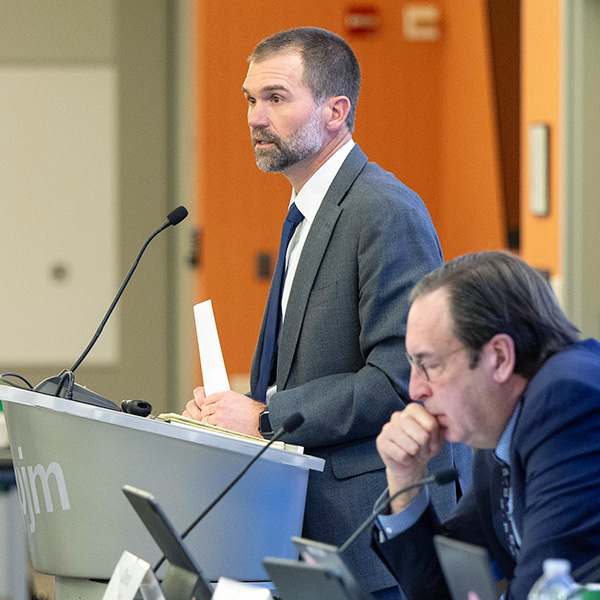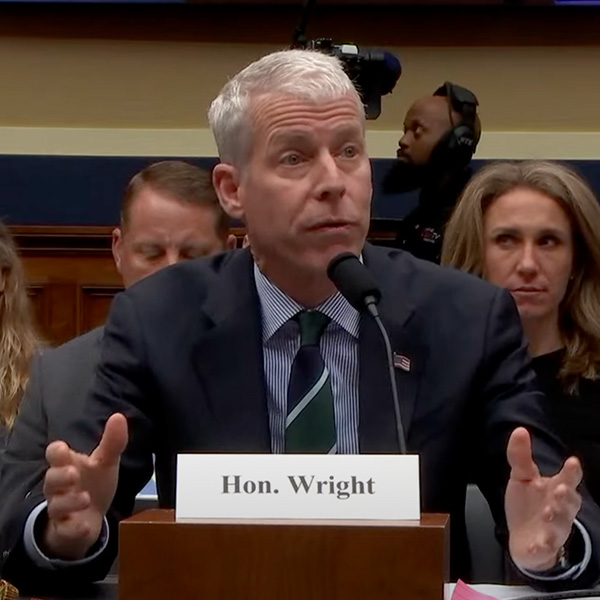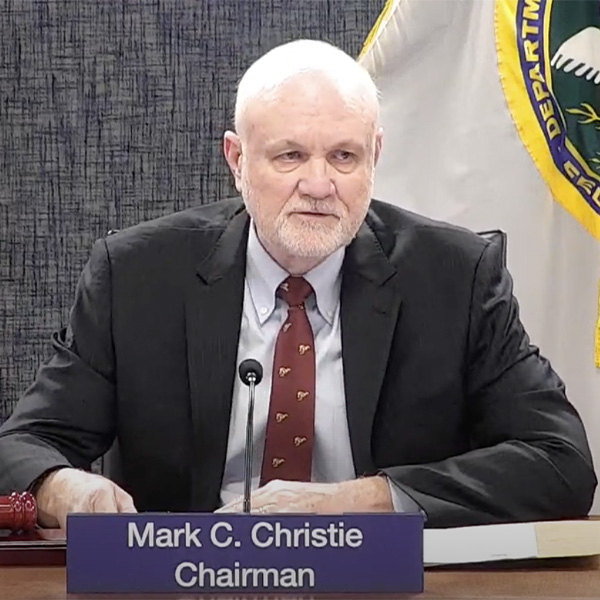Pennsylvania
FERC approved Constellation's purchase of Calpine, which will create an even bigger IPP with nearly 60 GW around the country, with the biggest share of that in PJM.
New technology and energy facilities are planned for Pennsylvania at a cost of more than $90 billion, including multiple power plants and data centers, possibly co-located.
PJM's Markets and Reliability Committee discussed a problem statement and issue charge brought by Pennsylvania Gov. Josh Shapiro to open a discussion on establishing a sub-annual capacity market design.
Energy Secretary Chris Wright talked about the process behind two recent orders mandating power plants that had planned to retire to keep running this summer at a House hearing that was focused on DOE's budget.
FERC spent June 4-5 looking into resource adequacy across the markets it regulates.
FERC approved a PJM proposal to limit capacity prices to between $175 and $325/MW-day for the next two Base Residual Auctions, resolving a complaint from Pennsylvania Gov. Josh Shapiro.
FERC Chair Mark Christie criticized PJM for continuing to consider proceeding with Transource Energy’s Independence Energy Connection transmission project years after Pennsylvania regulators denied it a certificate of public convenience and need.
A data center campus planned in western Pennsylvania would include up to 4.5 GW of on-site gas-fired generation and be the largest facility of its kind in the U.S., a group of developers announced.
Several state legislatures within the PJM footprint are considering bills that would mandate public utilities report every vote they cast at the RTO, with some also requiring a description of how those actions would benefit ratepayers.
FERC received several protests to Constellation's proposed purchase of Calpine, with PJM's Monitor arguing the companies need to make additional commitments to preserve competition in the RTO.
Want more? Advanced Search









